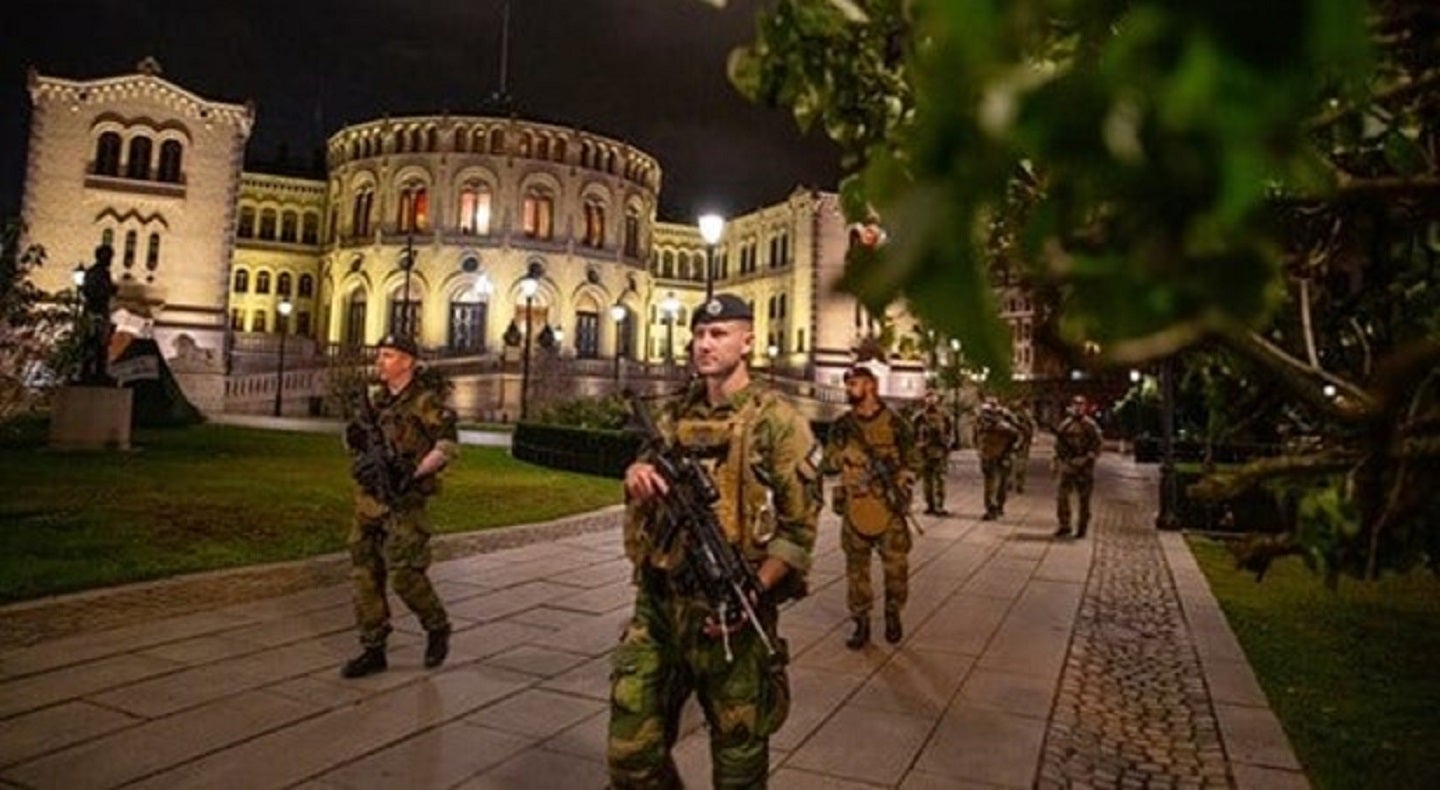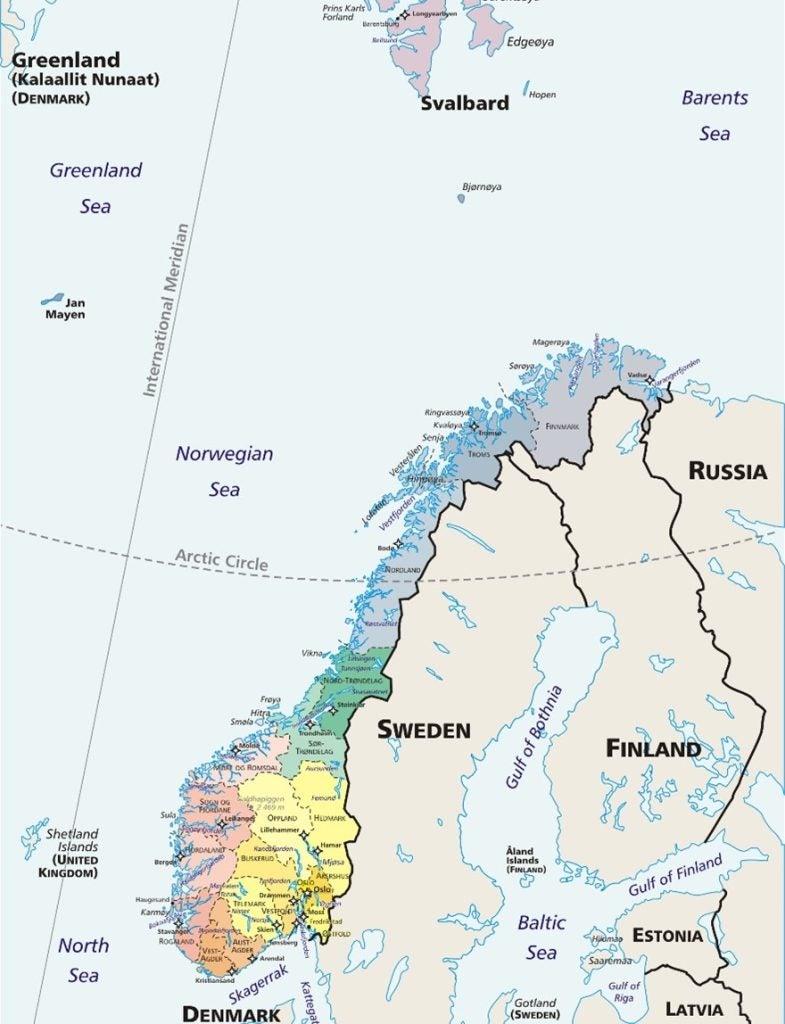
Norway’s Government has put forward a proposal to expand the 2024 defence budget by a nominal increase of NKr15bn ($1.38bn) compared to the approved budget for 2023.
Prime Minister Jonas Gahr Støre, who has led the country’s centre-left government since October 2021, responds to a souring geopolitical environment in which Norway must look to strengthen its military capability while contributing to Nato and donating equipment to Ukraine.
Adjusted for inflation, compensations, technical changes and increased income, the budget increases by a little over $1bn in prospective budget worth $8.36bn.
This is a proposal that Norway’s Defence Minister, Bjørn Arild Gram, says “puts us ahead of the plan to reach [Nato’s] 2% GDP [spending threshold] in 2026.”
During 2018–22, Norway’s defence budget declined slowly, from $6.8bn in 2018 to $6.6bn in 2020, before rising again to $7.4bn in 2021, according to GlobalData intelligence. Now, the nation’s budget is anticipated to rise from its current $8bn in 2022 to $9.8bn in 2027, an increase of $1.7bn over 2022–27 at a compound annual growth rate of 3.4%.
“In 2024 the main priorities are increasing the number of personnel, increased stockpiling, strengthening of the Home Guard, increased ability to receive allied reinforcements and improved situational awareness in the North,” the Ministry of Defence asserted in a 6 October press release.

US Tariffs are shifting - will you react or anticipate?
Don’t let policy changes catch you off guard. Stay proactive with real-time data and expert analysis.
By GlobalDataNorway’s Arctic presence
With defence strategies prizing the so-called ‘High North’, otherwise known as the Arctic region, Norway’s allies consider the nation to be is a strategic partner in the polar theatre as a Scandinavian country with nearly half of its territory inside the Arctic circle.

In March this year, the UK Royal Navy has made efforts to consolidate its strategic partnership with Norway, where Royal Commandos have now established a purpose-built base called ‘Camp Viking’.
The United States has recognised the significance of High North having recently contracted the defence prime, Northrop Grumman, to establish an early warning missile alert system in space covering the polar region – the shortest missile route to target the nation.
Currently, Russia is taking an increasingly militarised approach to the region, where its Northern Fleet performed a maritime exercise within its Arctic sphere of influence in August.
Meanwhile, China is supporting its proposed Polar Silk Road with a range of infrastructure and capabilities that have dual-use potential.
Norway’s budget supports skills and platforms
Norway’s Ministry of Defence tells us that around nearly $2.5bn will be allocated to investments such as the F-35A aircraft, new submarines, surveillance aircraft such as the P-8A maritime patrol aircraft, maritime helicopters, artillery ammunition, infrastructure and important ICT-improvements.
Furthermore, Norway intends to gradually increase the overall number of personnel to achieve greater readiness and availability across all branches, although no timetable or specific number goal has been given.
The long-term plan also draws attention to the need to reform military training and education to focus on technical skills and specialisms that are becoming more relevant, such as cybersecurity and cryptography. To achieve this, Norway also plans to have the Home Guard work more closely with the regular forces, drawing on the knowledge of part-time troops who have transferrable skills from their civilian jobs.



